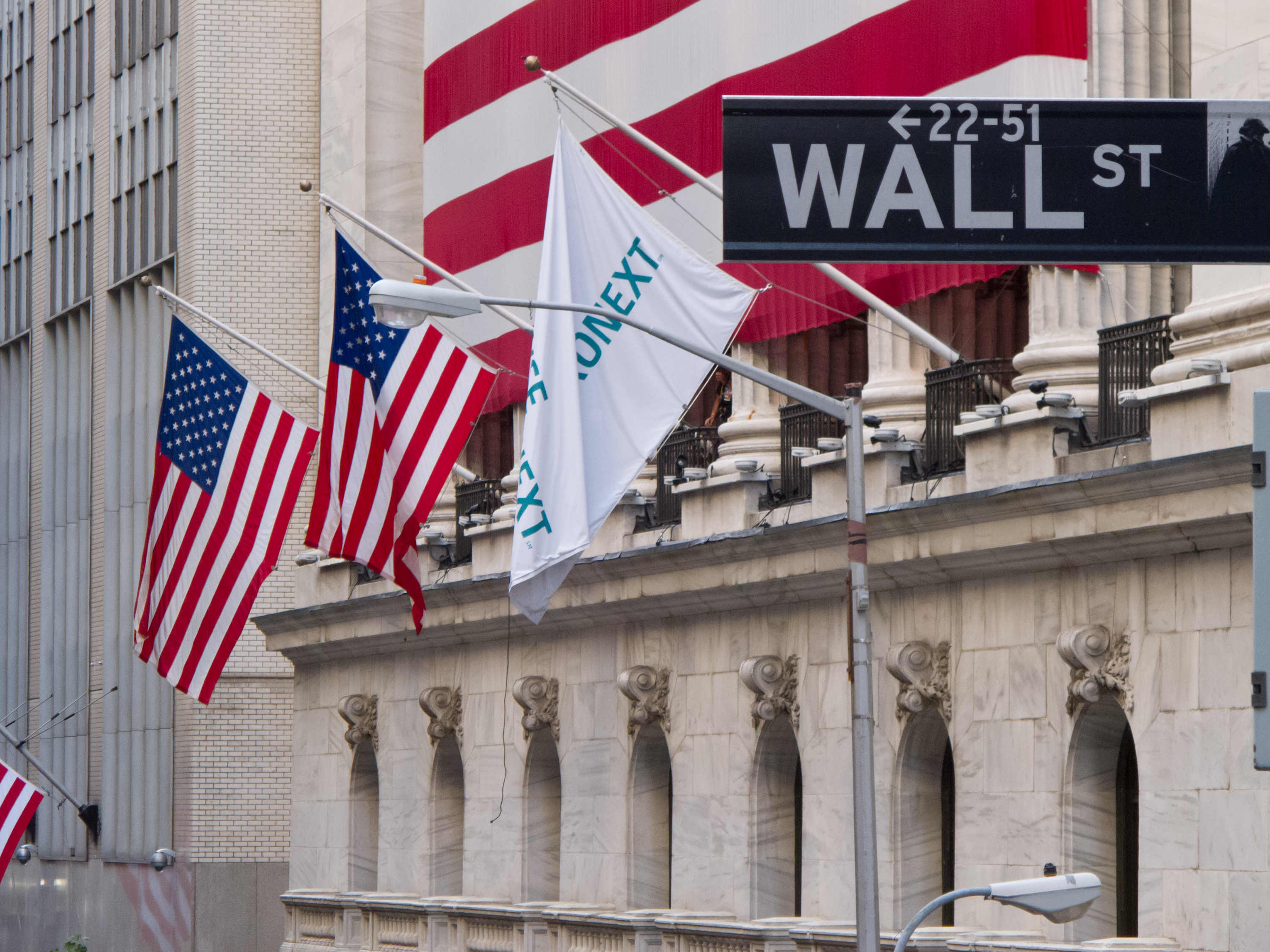Boulder has long been considered Colorado’s startup hub, but Denver is emerging as a strong contender. Mentoring and venture capital support have helped Denver’s ecosystem expand rapidly so that it is well on its way to becoming self-sustaining.
Denver has garnered a reputation as one of the best places for high-tech, high-growth ventures.The total number of tech startups located in downtown Denver has increased by 13% in the last two years; 4% above the national average in new startup growth. Denver has collected accolades that ranging from the Best Place for Business and Careers by Forbes to the third Best Place in the Country to Launch a Startup according to Washington D.C.-based accelerator, 1776.
History
Colorado has a history of high-growth entrepreneurship ranging from telecommunications (Dish Cable) to restaurant chains (Chipotle and Quiznos). The state’s venture capital-backed startup activity began in the 1980’s when national venture funds such as Access Ventures, Vista Ventures, Sequel Ventures and Heritage Group invested in local Denver startups. By 2000, Denver was supporting a startup ecosystem, but successful companies left the state or were sold to out-of-state purchasers. VC funding collapsed after the tech bubble burst.
In 2006 Jared Polis, Brad Feld, David Cohen and David Brown established Boulder-based Techstars, which brought the nascent startup ecosystems of Fort Collins, Denver, Boulder and Colorado Springs together. Accepting only 1% of applicants, Techstars is extremely competitive. Graduates of this three-month program average approximately $1.8 million in outside financing. In exchange for 7-10% equity, Techstars provides $18,000 in seed funding, a $100,000 convertible debt and mentorship opportunities. Denver alumni include UsingMiles, FullContact, Revolar and MeetMindful.
Techstars is not the only catalyst for the entrepreneurial community in the region. Former Denver mayor and current Colorado Governor John Hickenlooper, himself an entrepreneur before entering politics, implemented policies that made supporting startups a central focus for economic recovery and growth.
Colorado’s Entrepreneur Friendly Policies
Colorado policymakers has made entrepreneurship a central focus. The state legislature has lowered tax rates and lifted regulatory burdens for the business community. Colorado taxes business at a flat rate of 4.63%, one of the lowest business income tax levels in the country.
Governor Hickenlooper has championed programs such as the Colorado Innovation Network (COIN), which works to connect the 29 Colorado research facilities with entrepreneurs. In 2014, the Colorado Impact Fund was launched, a public-private fund that estimates making 10-15 investments through 2020.
Home-Grown Resources
Since 2010, downtown Denver has added an average of almost 16,000 residents per year, resulting in a population increase of over 13% in the past five years. This remarkable growth has been accompanied with an increase in the number of homegrown startups. As a result, there is a significant number of resources available for Denver entrepreneurs.
Established in 2012, Denver Startup Week draws entrepreneurs from across the country. In 2016, Denver Startup Week attracted 12,500 people from across the country with 300 events, making it the biggest free entrepreneurial event in North America. Entrepreneurs participate in an elevator pitch competition and interact with VC fund representatives.
The Commons on Champa is a high-tech co-working space that brands itself as “Denver’s public campus for entrepreneurship.” Entrepreneurs have access to networking events, panels, workshop and onsite mentors.
The Rockies Venture Club (RVC) helps to bridge the gap between Denver entrepreneurs and investors. RVC is a Denver angel group that provides educational programs. In addition, RVC hosts events where entrepreneurs and investors can meet and make deals.
The University of Denver’s entrepreneurship initiative, Project X-ITE, brings a number of resources to students. Ranked as one of the top 30 entrepreneurial universities in the United States by Forbes, Project X-ITE is a cross-disciplinary initiative focused on the intersection of innovation, technology and entrepreneurship.
The second quarter of 2018 will mark the opening of Catalyst HTI, which will serve a dual role as incubator and accelerator. Catalyst HTI will bring together entrepreneurs in technology and health care to create state-of-the art incubator and accelerator in downtown Denver. Companies such as CirrusMD and Revolar have already committed to joining the community.
Entrepreneurship for Women
In 2013, Denver was named one of the best places for women to start a business as by Nerdwallet. There are several female-focused resources in the city. Denver’s female entrepreneurs have found support from startup accelerator program MergeLane, which specifically invests in female-led companies. Recently, the Commons on Champa also launched Women on the Rise, an initiative aimed to support and celebrate the success of female entrepreneurs.
Other notable resources include The Coterie, Denver’s first women co-working community, and Women Who Startup, which hosts monthly meetings. SheSays, an international trade organization based in the UK, launched in SheSaysDenver in 2014 and counts over 1,000 women as members. SheSaysDenver provides free mentoring and events to women working in technology and business.
Venture Capital
Overall, Denver VC investment is reflective of nationwide trends, with investment decreasing after the Great Recession, and recovering around 2010. Denver firms such as the Foundry Group, Grotech Ventures and Access Ventures are anchoring investment in the ecosystem.
Local VC received a significant increase in 2015 after Welltok raised a massive $45 million round of investment. VC investment has stabilized around $500 million in investments each year since 2014. However, the 2016 Colorado Startup Report notes that the total funding raised in 2016 was distributed across more than 129 different technology companies, indicating a greater distribution of capital. The Downtown Denver Startup Report indicates that in 2015 alone, more than 165 tech startups were founded in Denver in 2015.
Data indicating the number of first round deals in Denver illustrate a stable ecosystem with an average of around 50 first-round deals per year.
Looking to the Future
Denver entrepreneurs have noted that there is a significantly lower amount of early stage fundraising in the ecosystem. However, this is a reflection of a nationwide trend of cautious investing in early-stage investment.
Denver does have early stage VC investors, but in many cases, does rely on angel investors to supply funding. The University of Colorado’s Silicon Flatiron recommends the continued support of Colorado and Denver super-angel funds, also known as Micro-VCs, which are about $2-$10 million in size and specialize in early stage investing.
In the coming years, it is likely that Denver’s ecosystem will reach critical mass and consolidate as an attractive option for local and out-of-state entrepreneurs. With a strong and growing infrastructure for entrepreneurship, Denver’s startup growth and success is likely to continue.







 t. Louis’ ecosystem unique.
t. Louis’ ecosystem unique.

 Over the last decade, Blake Commager (
Over the last decade, Blake Commager (


 Private investment funds are typically set up as limited partnerships, rather than limited liability companies (LLCs). They organize themselves as general partners and limited partners. The general partners are the funds’ managers, which may be structured as a managing firm. Managing firms are often incorporated as an LLC. The limited partners are the funds’ investors. They are called limited partners because they are required to have limited involvement in the funds day-to-day activities. These investors are usually financial institutions, pension funds, insurance companies and wealthy individuals.
Private investment funds are typically set up as limited partnerships, rather than limited liability companies (LLCs). They organize themselves as general partners and limited partners. The general partners are the funds’ managers, which may be structured as a managing firm. Managing firms are often incorporated as an LLC. The limited partners are the funds’ investors. They are called limited partners because they are required to have limited involvement in the funds day-to-day activities. These investors are usually financial institutions, pension funds, insurance companies and wealthy individuals.
